Introduction
With a rich history of over 125 years, Swarovski is the one of the largest producers of crystal glass and optics products in Europe. Headquartered in the municipality city of Absam near the town of Wattens in Tyrol, Austria, Swarovski Group was founded by Daniel Swarovski in 1895 as a crystal-cutting company, and has remained a family-business ever since.
Swarovski invented the first electric glass-grinding machine
It all started when a young Swarovski served an apprenticeship at a small glass-cutting workshop owned by his father in Bohemia (now, Czech Republic). During the internship, Swarovski became skilled in glass-cutting methods used at the factory and grew further interest in the field. Soon after in 1892, he developed and registered a patent for an electric glass-cutting machine. Before that, the glass grinding was achieved manually and, therefore, it was quite difficult to grind crystal stones with precision to produce the perfect crystal glass. With the newly developed electric cutting machine, the production of crystal glass was made much simpler and faster.

KS & Co. and the first binocular
The never-before-seen invention laid the foundation of the present day Swarovski Empire. Partnered with an investor, Armand Kosmann, and brother-in-law, Franz Weis, Daniel Swarovski founded the original crystal-grinding company in 1895. The company was initially called A. Kosmann, D. Swarovski & Co., which was shortened to KS & Co. In the same year, the company decided on a location in Wattens, Austria for the establishment of a crystal-cutting factory. The reason of choosing that location was to benefit from the locally generated hydroelectricity for the energy-demanding glass cutting and grinding processes that Swarovski patented earlier. It was not until 1935, when Swarovski’s son, Wilhelm, created the first pair of customized binoculars with a magnification of 6x and objective size of 30 mm using crystal grinding equipment. The development of this binoculars eventually led to the foundation of Swarovski Optik 14 years later in 1949.
Nazi Period and World War II
The company expanded its production capabilities to include several new products that would be sought for during the war. These included abrasives and optical devices, such as binoculars, telescopes and other tools for wartime. The goal was to emerge stronger from the Nazi era. The company successfully grew from 500 employees before the annexation of Austria to over 1200 employees in 1944. The rapid expansion of the company and 7 years of continuous production of optics led to the formation of Swarovski Optik in 1949.

Swarovski Crystals and other businesses
The Swarovski Empire encompasses three major industry areas, the Swarovski Crystal Business, which primarily produces crystal jewelry and crystal glass, the Swarovski Optik, a manufacturer of binoculars, riflescopes, rangefinders and telescopes, and Tyrolit, which manufacturers sawing, grinding and drilling tools. Apart from the three main businesses, the company has several other businesses up its sleeves. Notable subsidiaries include Swareflex, Atelier Swarovski, Tyrolit, Swarovski Kristallwelten and the Swarovski Gemstone business.
Out of all businesses, the Swarovski Crystal Business is the highest-grossing one as of today. The crystal business has a record 3000 stores in over 170 countries that bring a combined revenue of more than $7.2 billion euros (2018). The business also has the highest number of employees, 29,000, in all subsidiaries of the Swarovski Company. This brings the total number of employees in the Swarovski Group to approximately 34,500, making it one of the largest employers in Austria.
Current Situation
The headquarters of the company is located in Absam in Tyrol, Austria, which is a multinational historical region in itself spanning between Italy and Austria. Since the company headquarters has remain in the region ever since it was founded in 1895, it shares deep roots with Tyrol and is proudly called the heart of the Tyrolean industry after operating for over 125 years. As of today, the company’s optics division is considered the benchmark name in optics and its only major rivals are Leica and Zeiss. Today, the Swarovski Optik products are sold in more than 85 countries worldwide.
The timeline of some important events at the Swarovski Optik are:
- First Riflescope (4×32) was manufactured in the year 1959
- First Spotting scope (30×75) was developed in 1967
- First 80mm telescope was developed in 1991
- First Swarovski riflescope with an embedded laser-rangefinder was manufactured in 1995.
Production facilities
Swarovski Optik is one of the best players in producing world-class optics and this position is the result of decades of adherence to continuous innovation and perfection. The Swarovski Optik factory is currently located in Absam, a small city that lies on the peripheries of Innsbruck surrounded by snow-capped peaks, the capital of Tyrol. As of 2020, the company reportedly has 960 employees and manufactures several products in the category of sport optics, including binoculars, riflescopes, telescopes, and optronic instruments.

Incorporation of KAHLES to Swarovski Optik
In 1974, the company acquired the riflescope manufacturer Kahles, whose products have been admired by hunters all over Europe since 1898. The acquisition was aimed to strengthen the riflescope manufacturing business by developing further knowledge of the domain and utilizing its manufacturing technology. Kahles was declared a branch of Swarovski Optik three years later in 1977, but it was again turned into an independent business within Swarovski Optik in 1989. KAHLES remain a separate entity until 2017 when its products were again introduced in the marketing and sales campaigns of Swarovski Optik.
Factory Tour
The optics factory itself features a symbolic architectural style and is surrounded by the beautiful Tyrolean countryside and mountains. The views from the office buildings are spectacular since the windows provide panoramic views of the mountains right from where the employees carry out their daily work, which is something everyone hopes for every once in a while. The natural park surrounding the location is home to a diverse wildlife and flora, which makes it a great place to observe the beauty of nature with world-class Swarovski’s binoculars and spotting equipment.

Research & Development
The development of products at Swarovski starts at their in-house research and development department. R&D serves as the backbone of innovation that keeps any industry up-to-date with modern technological advancement and same is the case at the Absam optics factory, which has a motto of “constantly improving what is good”. Over the years, the researchers at Swarovski have experimented with a number of features in their products, using several optics and mechanical engineering software.
The constant research efforts have resulted in several innovative patents, like the state-of-the-art automatic holding point in dS riflescope, which displays the correct aiming point on the reticle. Other pioneering products include a spotting scope with two eye pieces, SWAROVISION flat field lenses, SWAROAIM inclinometer and SWAROLIGHT automatic illuminated reticles.
Manufacturing Process
The production operations for all sport optics products are carried out at the Absam factory. The processes start with the cutting, grinding and polishing of glass to from lenses and prisms. Engineers at Swarovski use grinding equipment, known as “Optotech machines” for cutting and shaping glass. These machines grind and polish on both sides of the lenses to provide a smooth surface. Each lens is then inspected using an interferometer equipment at the checking station for cracks or deformities before they are sent to the next station.
The next stop in the factory is the mechanical production area, where housings for optics products are developed from metal alloys. When dealing with optics, certain steps are taken to ensure that the housing components are designed at a tolerance of 0.001mm, which is thinner than the width of a strand of human hair. The reason for such tight tolerance values is to enable individual metal-made components to assemble seamlessly and ensure a smooth metal-to-metal operation. Cheap brands introduce lubricating agents, like grease, into the optics assemblies to hide their imprecise measurements which causes problems later. Precise tolerances are achieved by operating machining equipment on a thick concrete floor to get rid of unwanted vibrations. The tolerance numbers are even smaller for optical components, such as lens and prisms.
After the machining process, the housings are hand-finished before they are proceeded towards the anodizing station. Anodizing is an electrolytic process which is used to create a thick oxide layer on metallic surfaces which protects them from corrosion and abrasion, thereby, enabling them to withstand harsh conditions easily. Unlike certain surface coatings, this layer cannot peel off.
The next stop is the assembly room where individual components are brought in the form of batches. The assembly room has an appearance of a laboratory where all employees wear white coats and hair coverings. The room features a controlled atmosphere and specialized air-control units continually filter unwanted particles from air to ensure the assemblies remain free of dust and dirt.
The last and most important step in any production facility is quality control. At Swarovski Optik, all products are tested manually by trained eyes after assembly to ensure that they adhere to all design requirements and perform as advertised. If a defective or underperforming device is identified during the control process, it is sent back for dismantling and problem rectification.
Everywhere in the factory, the skilled workers are seen working with dedication and commitment, which says a lot about the inside culture of the company.

On-location Training School
The factory location has 3-year and 5-year apprenticeship programs at their in-house training facility where students enroll to start learning about optics and mechanics after completing their high school studies. The programs for mechanics and optics are completely separate and are integrated in Austrian education system. Students can choose to study in the field they feel more inclined towards during the admission process. It is also quite common for the high-performing students in the apprenticeship program to secure a job at Swarovski Optik after completing their specialized studies. A number of employees have remained with Swarovski Optik until their retirement after completing their studies at the training school, which tells about the working culture at the company.
Other facilities
Factory facilities include a cafeteria for employees and a product showroom, where the current sport optics products are displayed. Visitors can see the range of products offered by Swarovski for multiple activities, such as birding, hunting and traveling.
The company also has an on-site kindergarten, especially for mothers who have small kids. The employees are welcome to leave their babies at the facility while they can continue to complete their work hours. Facilities like this are liked by employees everywhere and are one of the reasons why Swarovski employees rarely decide to switch jobs.
Series Origin
Swarovski Optik produces several series of binoculars that are suitable for various purposes. The company has striven from day one to keep the designing, manufacturing and assembly operations for all categories of sport optics products, especially binoculars, at their Absam factory in Tyrol.
EL series
The EL series is the premium-line of Swarovski binoculars that features a number of intriguing features making them the perfect choice for all outdoor activities. These binoculars boast the outstanding fluoride-containing HD lens technology that is innovatively designed to minimize unwanted color fringing. Additionally, being the premium series, these binoculars feature several multi-coatings, namely SWAROBRIGHT, SWAROTOP, SWARODUR and SWAROCLEAN, which ensure a high light transmission and protect the lenses from dirt. These binoculars also feature the iconic wrap-around-grip which is an original Swarovski Optik design.
The EL series of binoculars comes in three objective sizes:
EL 42 – 8.5×42 W B and 10×42 W B
EL 50 – 10×50 W B and 12×50 W B
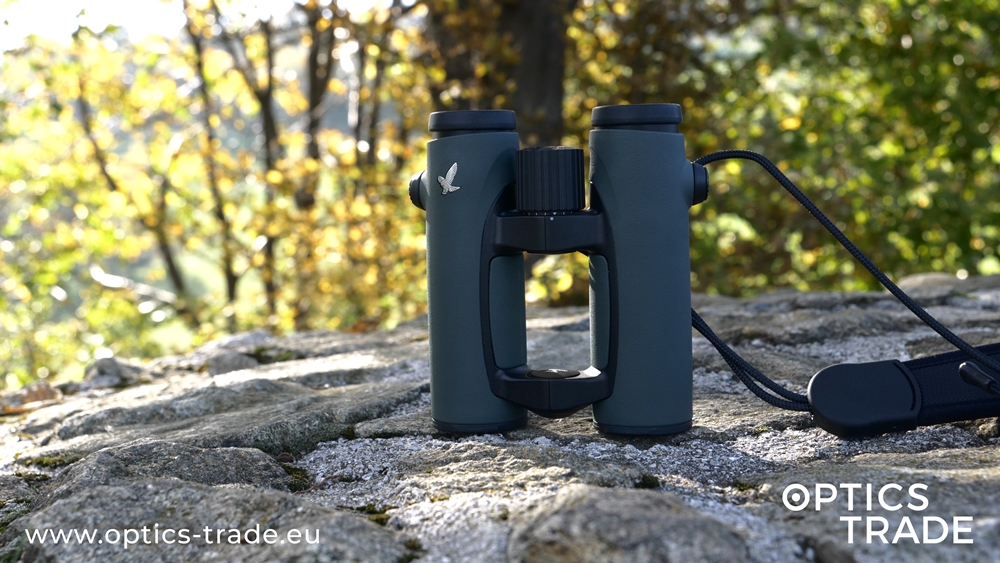
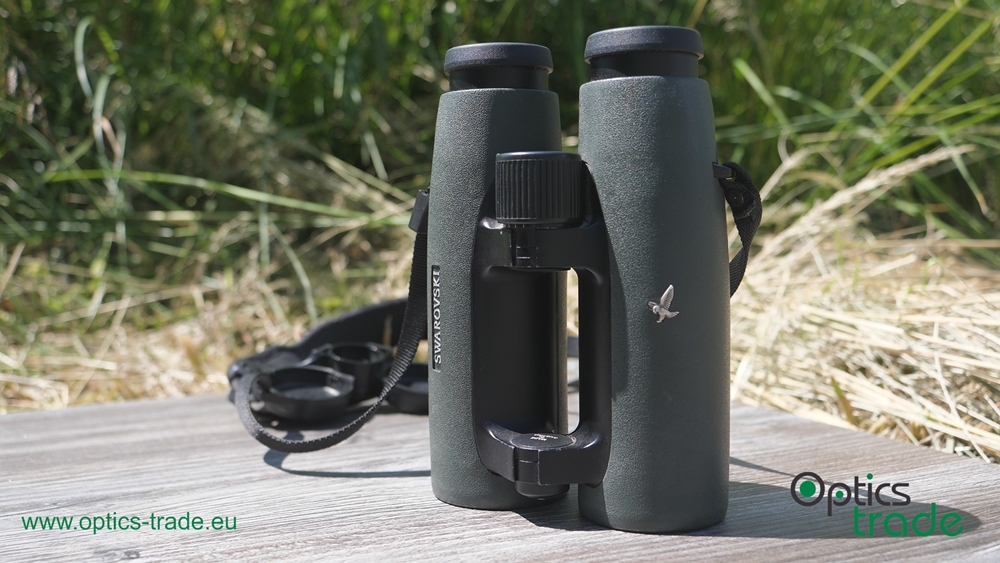
NL Pure series
NL Pure are the newest addition in the Swarovski binoculars which will be made available this September to consumers worldwide through online and physical outlets. These binoculars are designed to offer a large field of view compared to any other model in this configuration. This is combined with superior optics, better handling and a relatively smaller size than other binoculars with 42 mm objectives. Like the EL series, they also feature multi-coatings like SWAROBRIGHT, SWAROTOP, SWARODUR and SWAROCLEAN.
The NL Pure is currently available in three configurations: NL Pure – 8×42, 10×42 and 12×42 binoculars.
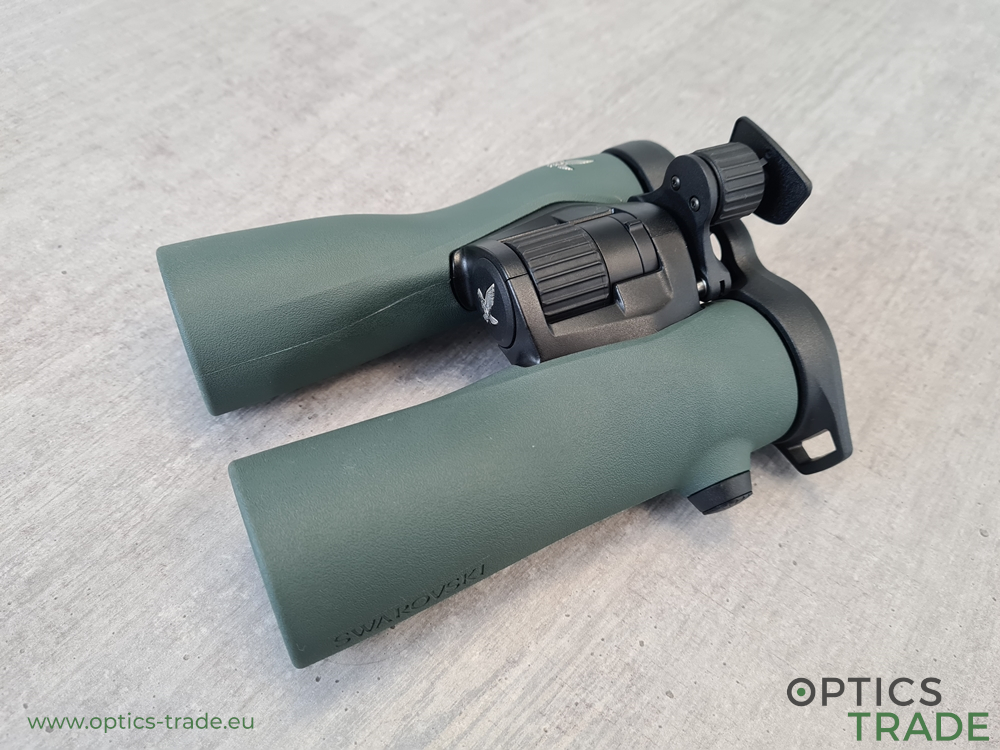
EL Range series
The EL Range line of binoculars feature a sleek rangefinder system with world-class Swarovski optics. The rangefinder system provides precise distance and angle measurements for long range targets with the click of a button. Other features include a wider field of view and a large exit pupil size.
The EL Range series is available in both 8×42 and 10×42 configurations, and color options include greyish black and orange.

SLC series
SLC binoculars are designed to work for your whole life. With a rugged construction, high-class fluorine-containing lenses and robust focusing mechanism, these durable binoculars remain protected from all kinds of weather conditions, terrains and accidental falls. Apart from the construction, their performance is also at par with the Swarovski premium binoculars, which is a rare find at this price. Along with large objective sizes, these binoculars feature the SWAROBRIGHT technology that ensures exceptionally bright images.
The SLC series of Swarovski binoculars is available in two objective sizes: SLC 42 and SLC 56. Models:
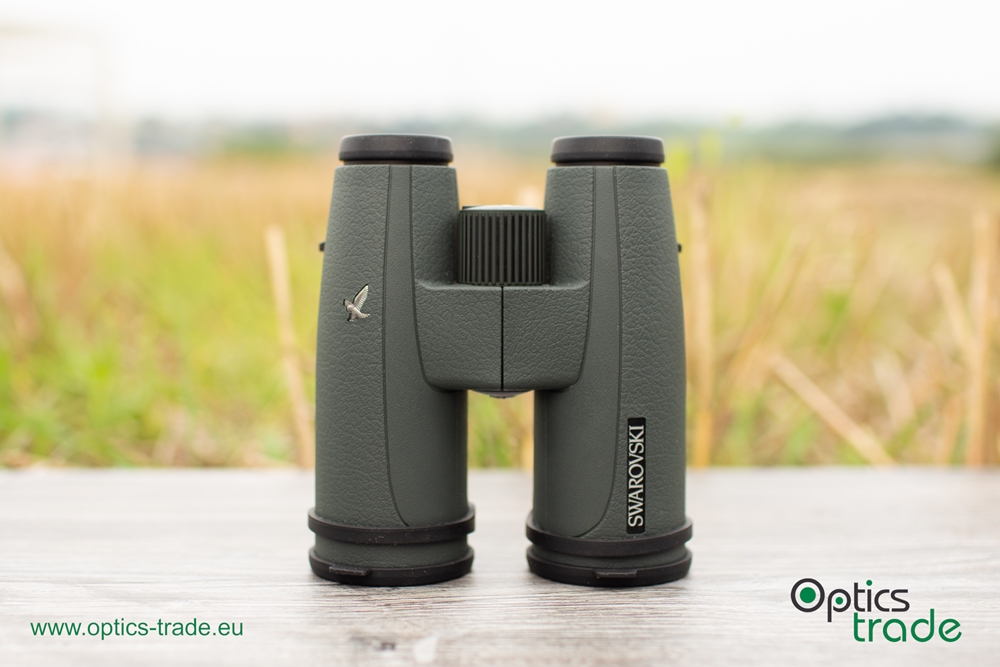
CL series
The CL series binoculars are designed to be compact and ergonomic, so they can be carried anywhere and anytime. Unlike compact binoculars from other brands, these binoculars provide an optimum viewing experience combined with an ergonomic design. The CL-Pocket models feature a double-hinge design, therefore, they occupy even lesser space when folded and can easily be carried in jacket pockets for mountain hiking or leisure.
CL series binoculars are available are in multiple models: CL Pocket, CL Pocket Mountain, CL Companion and CL Companion NOMAD. Configurations include 8×25, 10×25 for pocket models, and 8×30 and 10×30 for companion models.

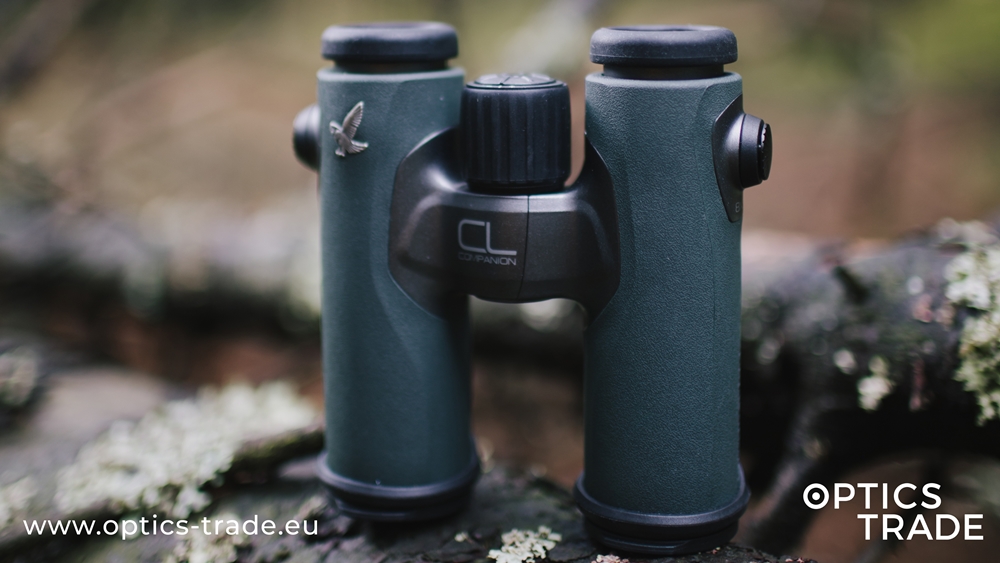
Habicht
Unlike other Swarovski models, the Habicht binoculars is known for its classical optical design that has been used extensively and perfected over the years. These binoculars feature Porro prisms instead of the regular Roof prisms, which ensure relatively brighter images even in low-light conditions like dawn or dusk.
Habicht binoculars are available in 7×42, 8×30, and 10×40 configurations.

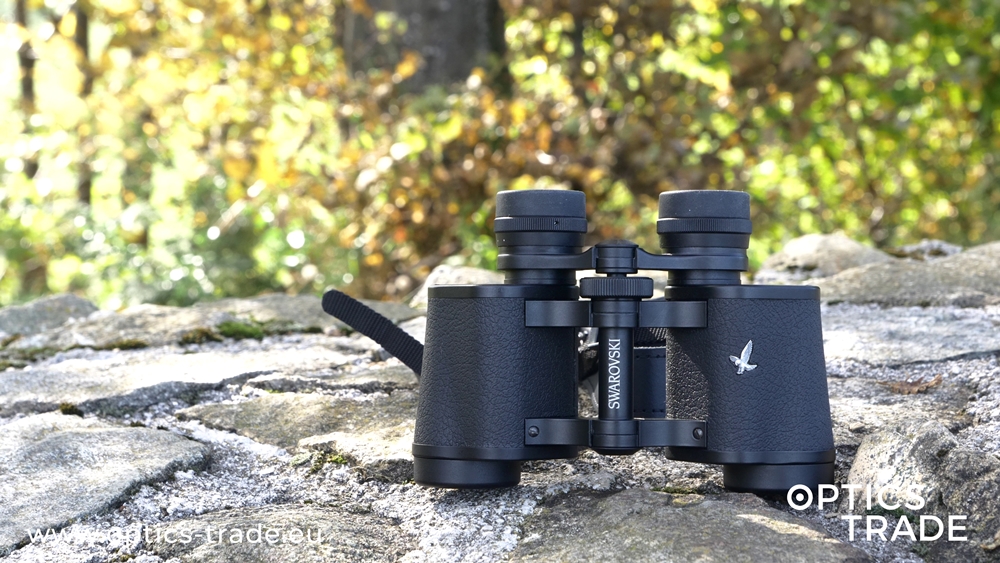
Conclusion
Swarovski Optik is one of the last optics manufacturers in Europe to carry out all factory operations like Research, Design, Manufacturing, and Assembly at their Absam factory, when most companies have outsourced manufacturing of products to other countries with cheap labor. When someone wants to buy a European product, they do not expect it to be manufactured elsewhere outside Europe. Therefore, Swarovski Optik produces all sport optics products in house, including the most affordable line of products. This ensures adherence to European design and manufacturing standards, and the highest quality, unlike what results in cheap production in Asia.
Founded 125 years ago, the Swarovski Group has revolutionized the crystal glass and optics industry. The Tyrolean giant employs the best design and manufacturing solutions for all products, which is why their products are sold in more than 85 countries worldwide. While employing the latest machinery and quality control procedures, Swarovski has kept a tight grasp on their traditions in providing the highest quality and customer service which is one of the reason behind their continued success.
Picture gallery
Transcription of the Video
Welcome to this Optics Trade debate. Today, we are going to discuss a common question from our customers, that is: Where are Swarovski binoculars made?
A lot of people still care about the origin of binoculars. If they are made in Europe, they usually have the status of a high-quality product. Swarovski has been producing for over 50 years, as they were established in 1949 and their first binoculars did not look much different than the Swarovski Habicht. From the first Habicht series, they gradually established themselves as the top premium optics manufacturer in the world. They started in the hunting market, now they are also in the bird watching market and they also target travelers, outdoor adventurers, and so on.
The production facilities are located in a small town/village called Absam, which is near Innsbruck in Tyrol. There is a factory of around 900-1000 employees, and everything is done there: research and development, production, and assembly – they do not outsource anything. Their production facilities are constantly expanding and in 2019, they built a new part of the factory. They are also the only manufacturer that has a kindergarten in the facility. We also have a factory tour guide, as we visit their factory occasionally. They have a school inside with two separate divisions for optics and mechanics, so their employees are trained from the start.
Swarovski is very interconnected with its community, the whole Swarovski group. For the series, they are also all Austrian-made. Other premium manufacturers used to outsource some binoculars from China and gave them a lower price tag. But Swarovski does not do that. Even the most affordable CL pocket version, which costs around 600 €, is made in Austria. This is the answer to the question where are Swarovski binoculars made? In Austria. Feel free to read our factory tour, and if you have any additional questions, or if you would like to know more, use the comments below, or send us an e-mail. Bye!
Browse Swarovski products here:
https://www.optics-trade.eu/si/manufacturer-swarovski.html
Follow us on social media:
Facebook: https://www.facebook.com/OpticsTrade/
Instagram: https://www.instagram.com/opticstrade.hunting/
Blog: http://optics-info.com/
Flickr: https://www.flickr.com/photos/opticstrade/albums
Pinterest: https://www.pinterest.co.uk/opticstradeeu/
LinkedIn: https://www.linkedin.com/company/optics-trade

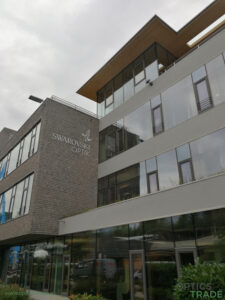
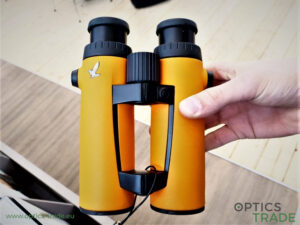
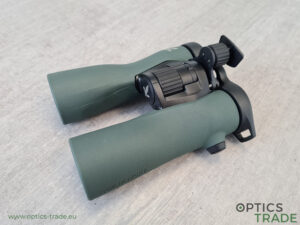

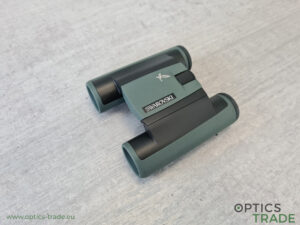

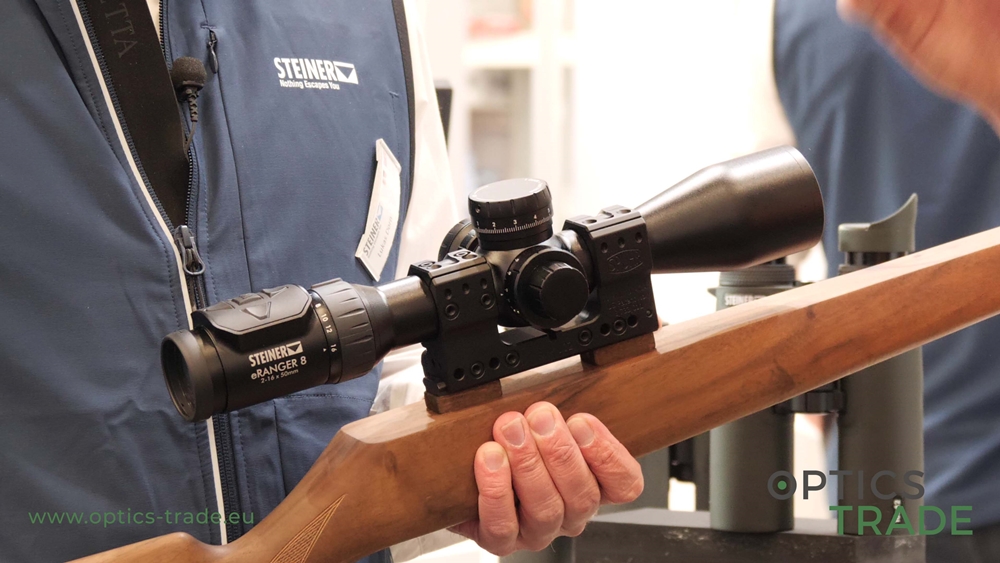
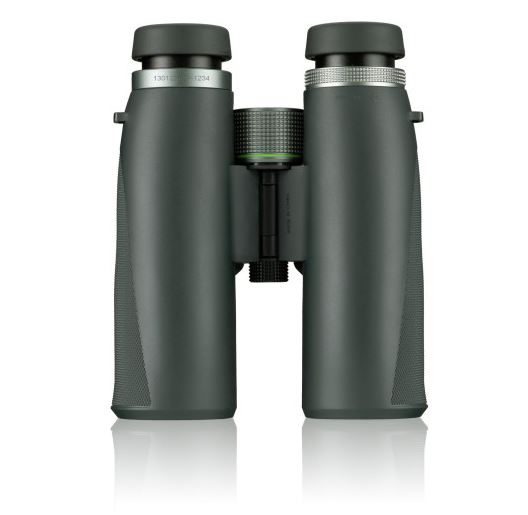


I own several swarovski products and find their quality and performance really exceptional. DR
Top-notch good!
Wow, this info was exactly what I was looking for! As a binocular collector, I have been extremely disappointed in the Chinese versions of various binoculars and have completely given up on Zeiss as a result. I was going to buy a Leica until someone said many of their models are or will soon be made in China. So many collectors have been raving about Swarovski binoculars stating they’re even better than Leica now so I searched to find out where they’re made and found your website. Because of you, I am now planning on buying a Swarovski instead of a Leica. It’s a huge purchase for me and I wanted the best (not something made in China!) for this lifetime investment. Thank you so much for all of your hard work sharing this terrific information, it’s appreciated so much!